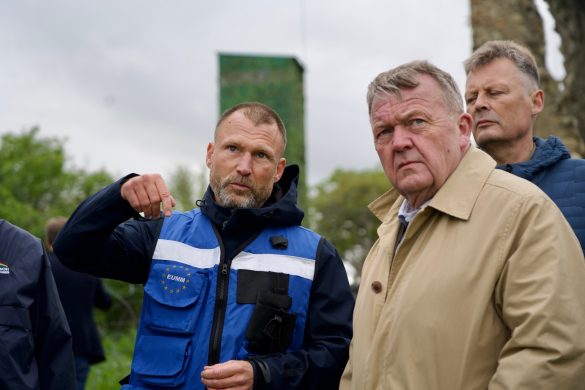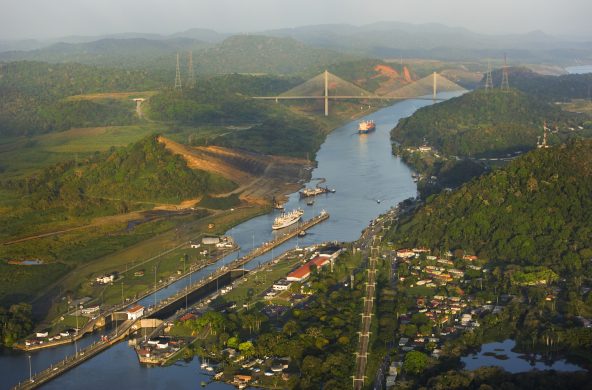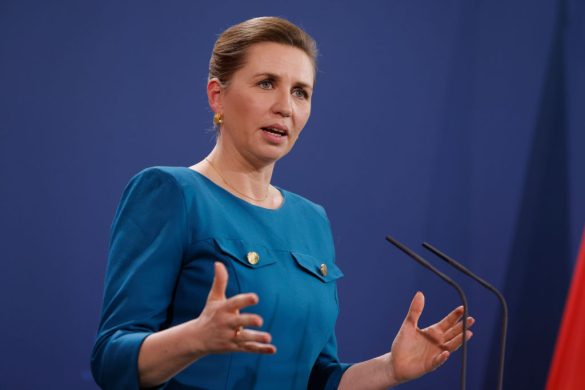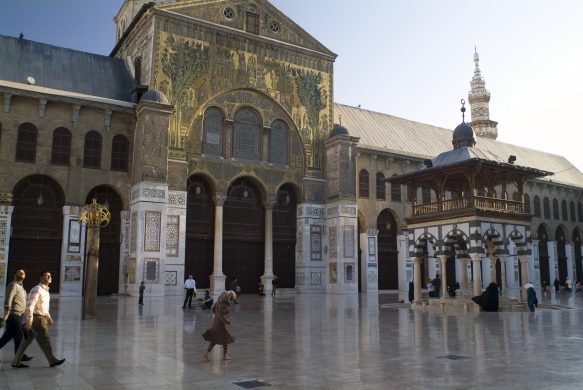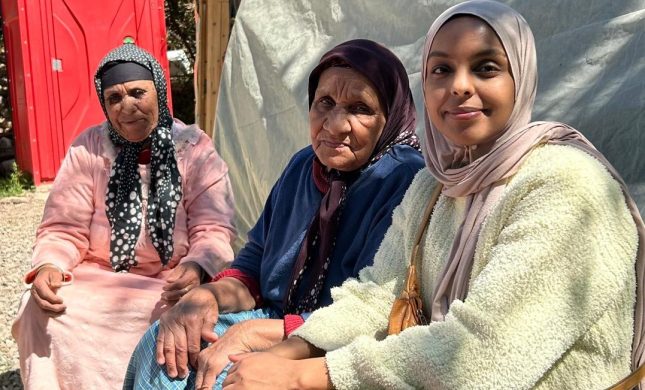Washington D.C., 23. October: Imagine a poor farmer cutting down a hectare of rainforest, rich in biodiversity, to create a pasture worth 300 US dollar (ca. 1.800 DKR).
The trees, cleared and burned, release 500 tons of heat-trapping carbon dioxide (CO2) into the atmosphere, contributing to global warming,
Meanwhile, firms in industrialized countries are paying many times the value of the cleared land – about 7.500 US dollar – to meet their commitments to limit the same amount of carbon dioxide emissions.
– The trees are worth more alive, storing carbon, than they would be worth if burned and transformed to unproductive fields, says Kenneth Chomitz, lead author of a new World Bank report on tropical forests, adding: – Right now, people living at the forests edge can not tap that value.
The report, “At Loggerheads? Agricultural Expansion, Poverty Reduction and Environment in the Tropical Forests”, says a system of international payments – “forest carbon finance” could change that situation.
– Global forest carbon financing could be a powerful incentive to stop deforestation, says François Bourguignon, Chief Economist and Senior Vice-President, Development Economics at the Bank.
The report argues that with stronger financial incentives for avoiding cutting down trees, poor farmers in Madagascar and other forest countries could invest in sustainable agriculture in already-cleared fields, rather than cutting down more forest for paltry (sølle/små) and often temporary gains.
Tropical deforestation accounts for about 20 percent of global CO2 emissions, so the report says global forest carbon finance could therefore be a tool for slowing global warming.
– These forests are being lost at the rate of five percent or more a decade, Kenneth Chomitz says explaining:
– Now that may not sound like much, but that is equivalent to losing an area the size of Portugal every year and it means by the middle of the century, vast tropical forests may be reduced to just shreds of what they once were.
– Now is the time to reduce pressures on tropical forests through a comprehensive framework that integrates sustainable forest management into the global strategy for mitigating climate change and preserving biodiversity, says Kathy Sierra, the Banks Vice President for Sustainable Development.
The report stresses the fight against forest poverty should be part of the framework. About 800 million people live in and around the tropical forests and many of them are extremely poor.
– But we should not automatically assume that poverty causes deforestation, or that deforestation causes poverty. These generalizations are only partially true, and do not provide a good foundation for policy, Chomitz says.
He says deforestation is often undertaken by wealthy ranchers and plantation owners and poor households can carve productive farmlands out of the forest.
The report says one way to address both problems is to strengthen forest governance – which in practical terms, means finding ways to sort out conflicting claims on trees and land.
But approaches differ in three forest zones described in the report:
In the mosaiclands, patchworks of farms and forest where most people live, it says environmental services markets could help. In Costa Rica and Mexico, these markets let water users compensate upstream forest owners for reducing sediments in rivers.
In forest frontiers, where loggers, plantation owners, and households are competing for trees and land, provision of more secure tenure can fight resource grabs by the elites and deter wasteful deforestation.
For example, in Cameroon, forest concessions are now allocated through a public auction, independently observed so it is conducted in accordance with the law. Part of the forest royalties are distributed to local communities and nongovernmental organizations monitor how concessionaires care for the forests assigned to them using satellite photos and on-site visits.
In areas currently beyond the agricultural pressures, the report says challenge is to head off future conflicts. Regularization of protected areas and recognition of indigenous lands are approaches which have been successfully used in this zone.
Kilde: www.worldbank.org




